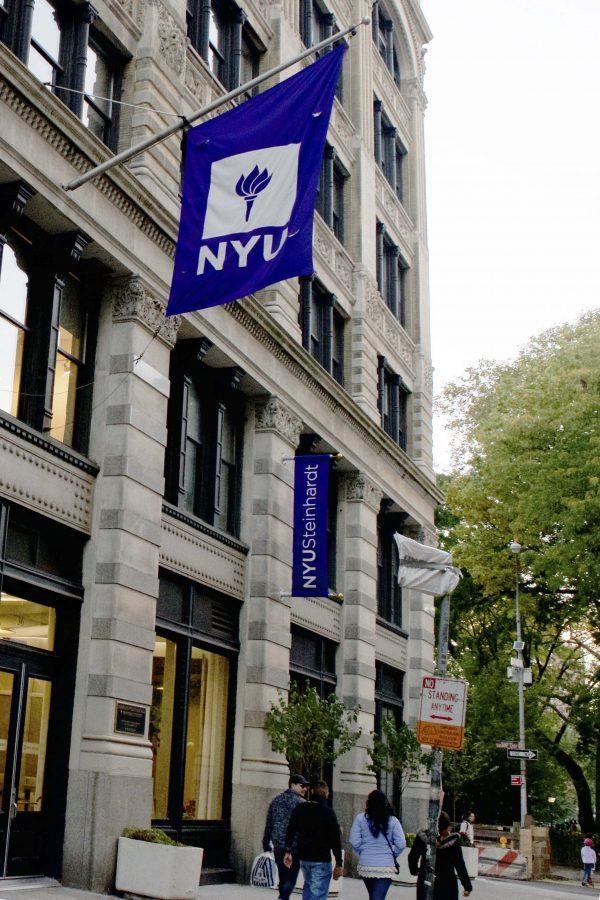Steinhardt Study Proves Gender Gap in STEM Fields
Steinhardt’s Drama Therapy Department performed “Power and Privilege As Performance” at Pless Hall Black Box Theater on Saturday. The performance included three short plays.
November 2, 2016
Teachers hold a bias against female students in math and science courses from kindergarten to 12th grade by routinely underrating girls who are performing at the same level as boys in these subjects, Steinhardt researchers have found.
Looking at data from two cohorts of students entering kindergarten in 1998-1999 and 2010-2011, the researchers found that this gap starts at the beginning of kindergarten and grows throughout elementary school. This consistent growth demonstrated the same teacher bias across all of secondary school.
Steinhardt Associate Professor Joseph Cimpian was the study’s lead researcher, and he said that although the study focused on early education, elementary school teachers’ under-evaluation may discourage girls and influence their decision of whether to study math during college.
“Our study did not include college-age students,” Cimpian said. “However, to the extent that teachers in early elementary school lay the foundation for interest and confidence in math, our research suggests that girls will be at a cumulative disadvantage as they progress through school.”
CAS junior Shela Wu has felt this bias in the NYU classrooms. She is the former president of the Association for Women in Mathematics, and Wu said that she sometimes feels underestimated by her professor and peers. However, she thinks that this trend is slowly changing.
“The majority of the STEM field was still dominated by men, which probably intimidated, and even discouraged, other women,” Wu said. “Happily, as time went on, more women started breaking into the field.”
She ultimately feels optimistic for the prospect of increased female leadership in math and other STEM-related fields. Wu said that any discrimination might stem from her own insecurities — she sometimes thinks that she might not be up to par.
“Especially in my case where I also have a lot of tattoos and wear a lot of makeup,” Wu said. “In some cases, I feel like I put the idea inside my own head that the professor or my peers don’t give me as much respect as they do to other male students.”
Wu said that this causes her to sometimes not ask for help, since she does not want to be viewed as less intelligent than the other students.
However, CAS Assistant Professor of Mathematics Miranda Holmes-Cefron does not think that there is a gap in the math classes she teaches. Similar to Wu, she thinks that more women will soon emerge in more fields that feature math.
Holmes-Cefron thinks the gender gap stems from historical inertia of female stereotypes within the industries. However, she does not feel as if there is a noticeable gender gap in higher education.
“It’s telling that newer, more interdisciplinary fields have significantly more women in them than older, more established fields. An observation that I’ve made (but I don’t know if it is supported by data), but that seems to hold regardless of how ‘mathy’ a field is,” Holmes-Cefron said. “I can say though that in my classes, some of the highest-performing students are women, and I haven’t observed any noticeable difference between different genders’ performances.”
Email Coco Wang at [email protected].
























































































































































